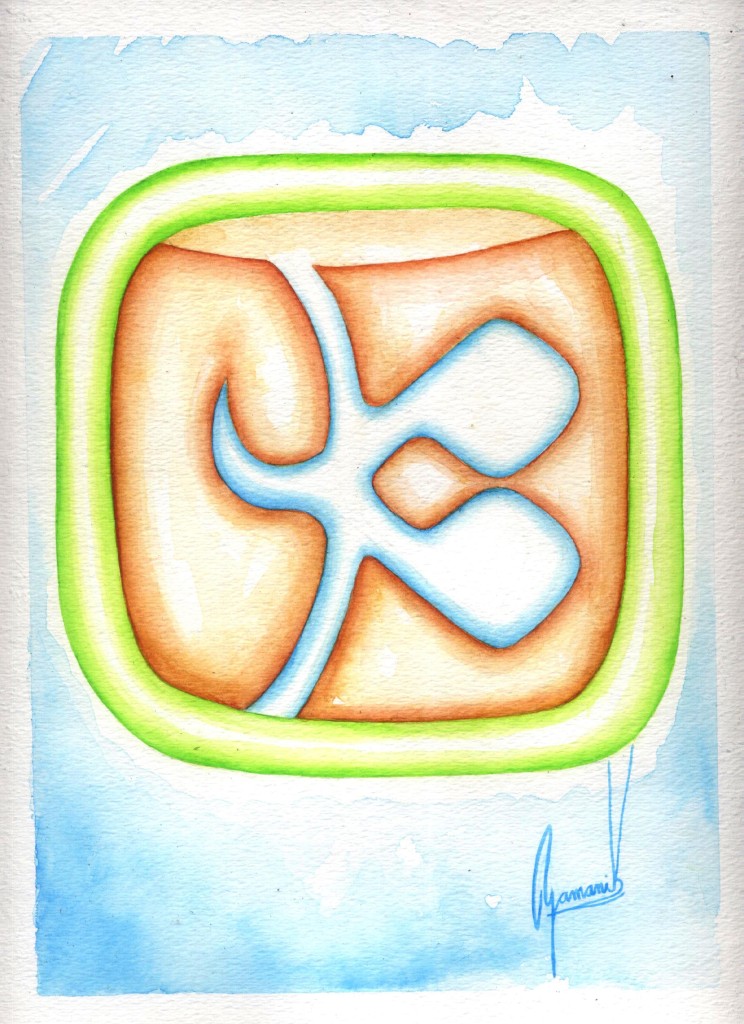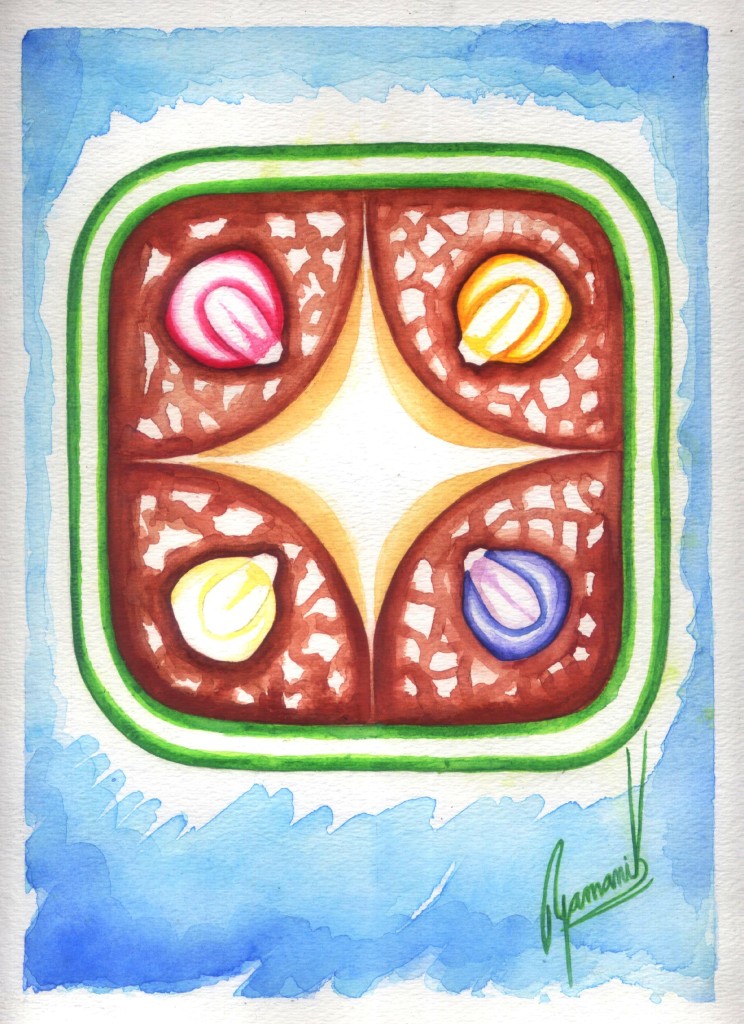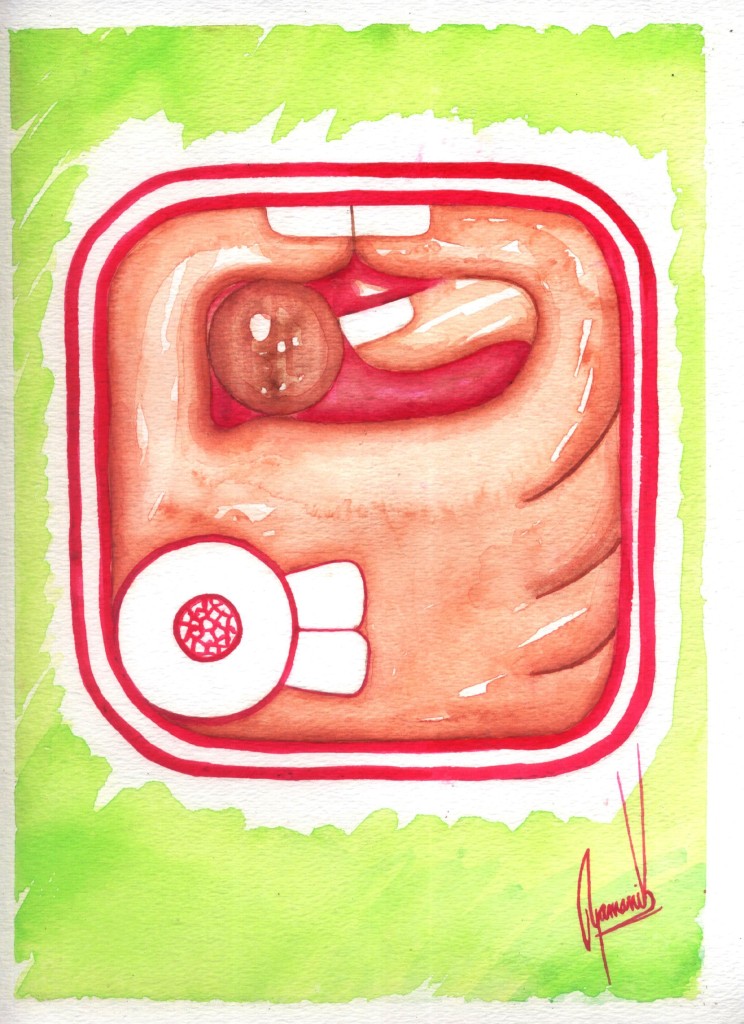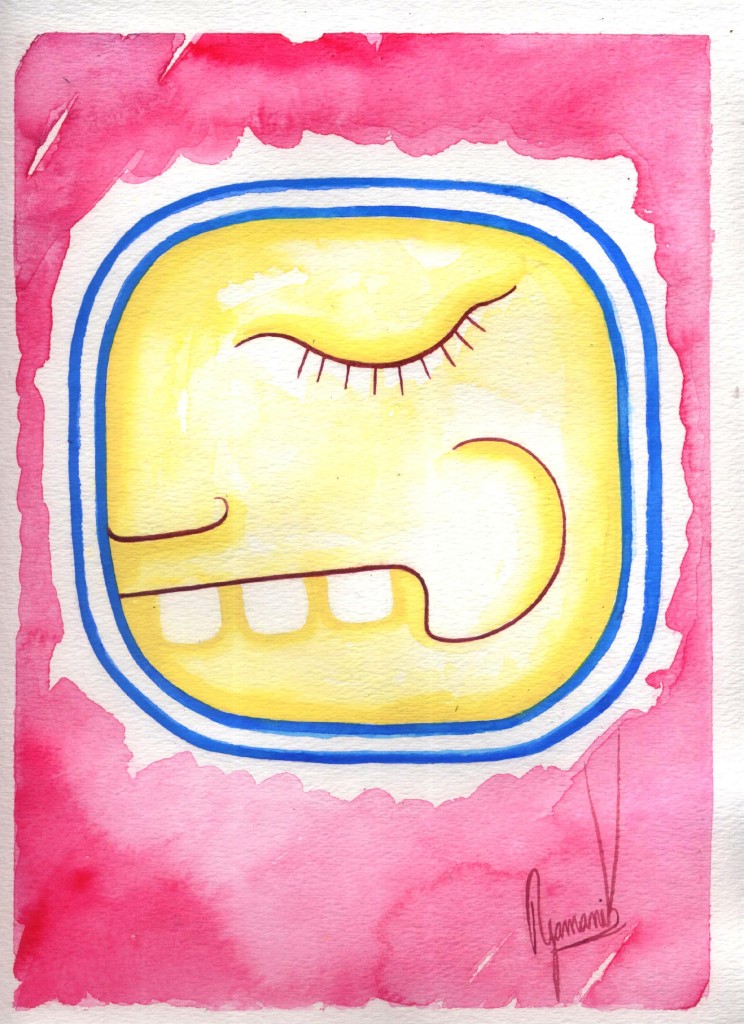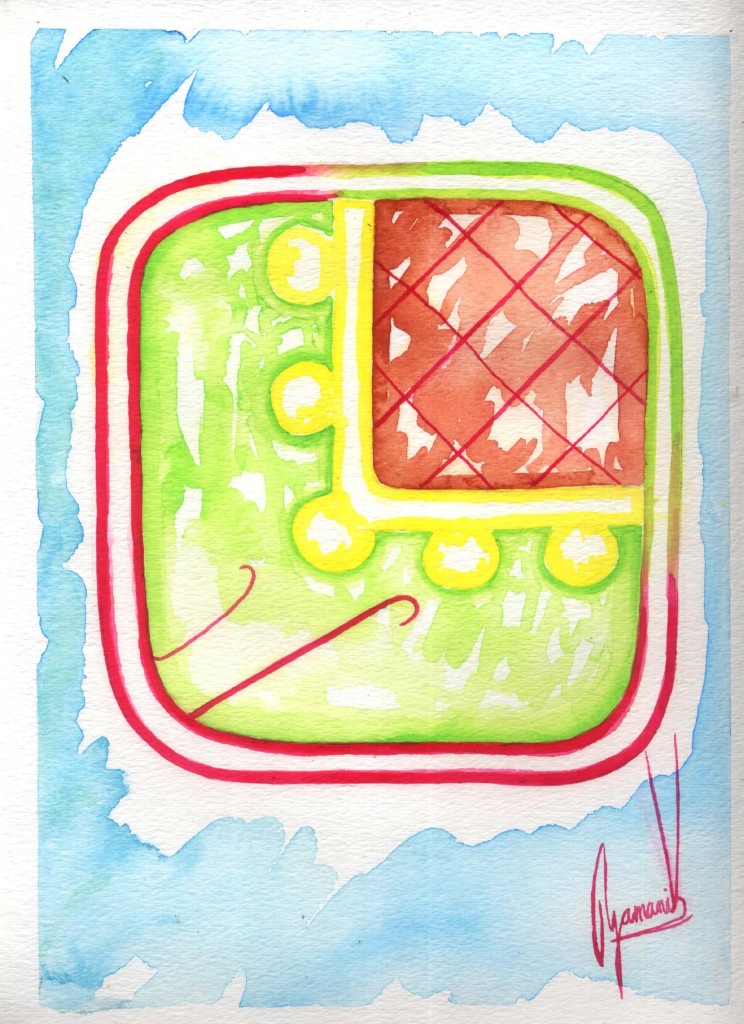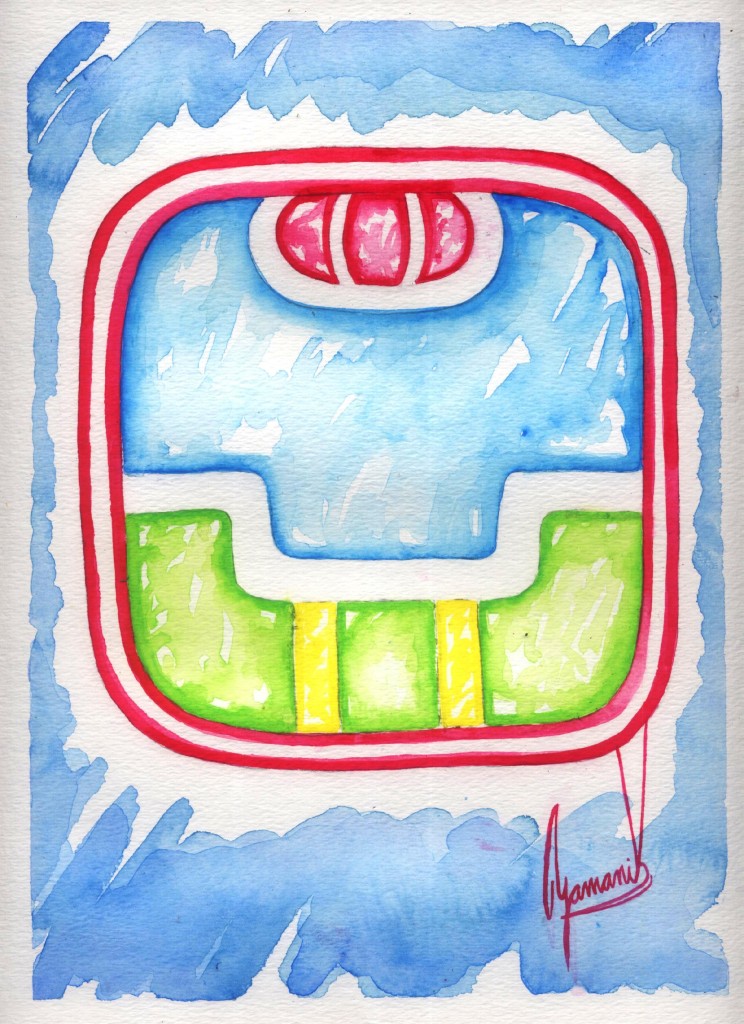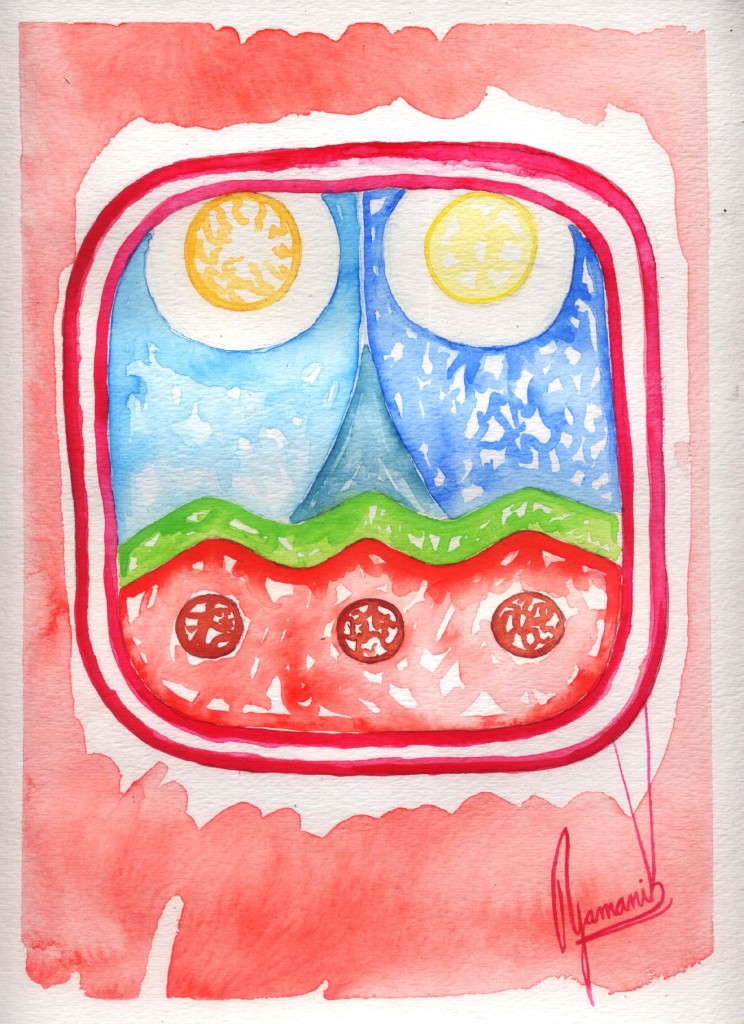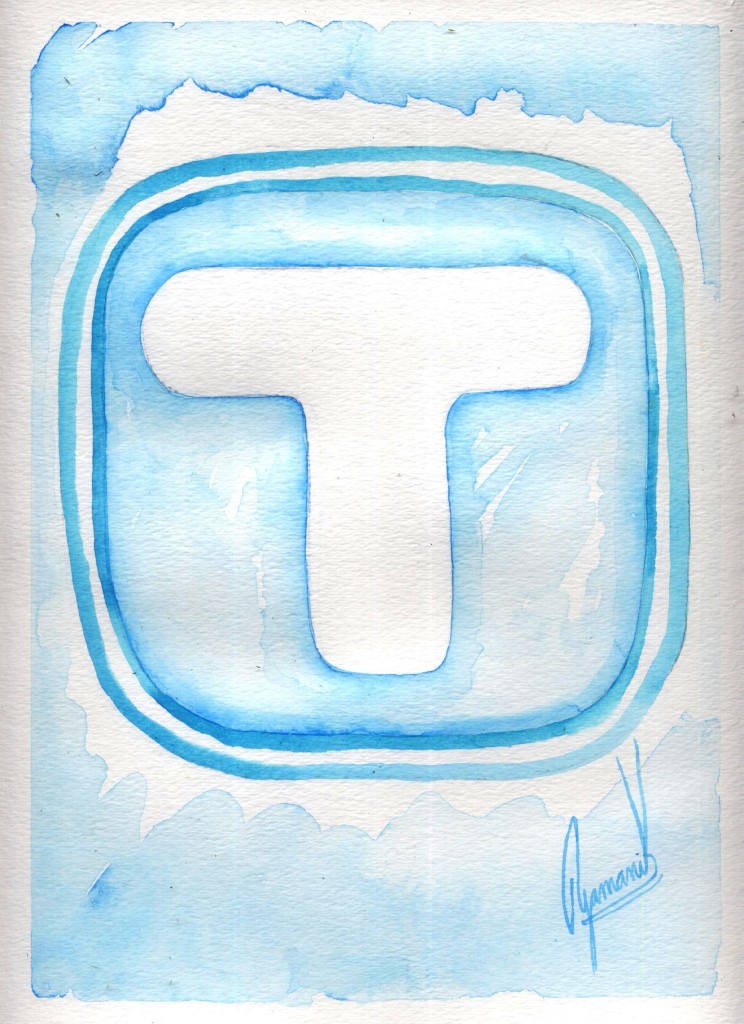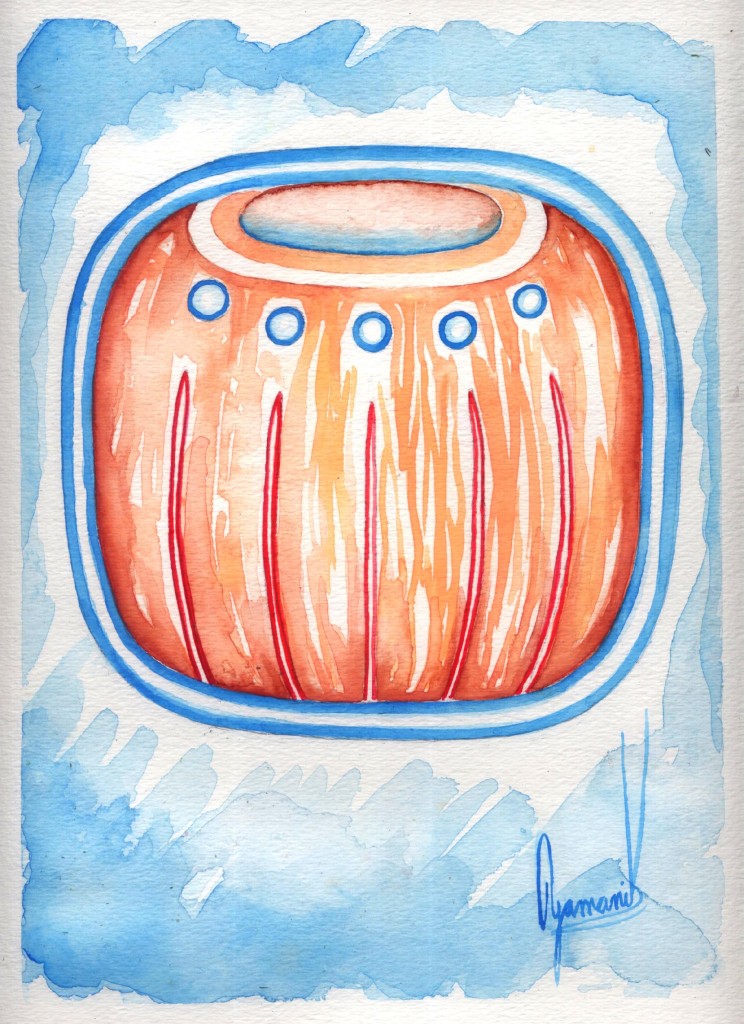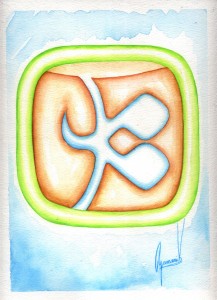 T’zi’ is the law, the sacred universal law, that can not be bought and can not be sold. Number 9 represents the emotional and the intuitive; it is love, compassion, and spirituality. Bring awareness today towards deepening your personal alignment to be in greater harmony with the spiritual law, that true justice may be realized in our communities and that those that write and enforce the laws of the land may be guided by the spiritual law. This is also a good day to ask for changes for those that are unjustly imprisoned and to conduct legal matters.
T’zi’ is the law, the sacred universal law, that can not be bought and can not be sold. Number 9 represents the emotional and the intuitive; it is love, compassion, and spirituality. Bring awareness today towards deepening your personal alignment to be in greater harmony with the spiritual law, that true justice may be realized in our communities and that those that write and enforce the laws of the land may be guided by the spiritual law. This is also a good day to ask for changes for those that are unjustly imprisoned and to conduct legal matters.
8 Toj – Today’s Maya Day Sign (Ch’umil)
 Toj represents the law of cause and effect, it is the payments that are made for all that has been received. Number 8 represents the energies of the physical and material world. Light a red candle today for all that has been received into your life, for all that has and will support you in this material world. Give thanks and make payments for all that has been given from our mother earth, and balance may be restored for all that has been taken from her without being properly paid for.
Toj represents the law of cause and effect, it is the payments that are made for all that has been received. Number 8 represents the energies of the physical and material world. Light a red candle today for all that has been received into your life, for all that has and will support you in this material world. Give thanks and make payments for all that has been given from our mother earth, and balance may be restored for all that has been taken from her without being properly paid for.
7 Q’anil – Today’s Maya Day Sign (Ch’umil)
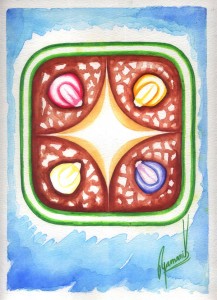 Q’anil represents the seed to be planted, the regeneration of life and creation. Number 7 signifies equilibrium and is a harmonizing force. Take advantage of today’s energy to cultivate an awareness within yourself of how to develop a harmonious energy that will radiate through your being. Listen for the signs that cross your path on this day that carry new ideas and teachings to help bring your life and your relationship with the world into greater balance.
Q’anil represents the seed to be planted, the regeneration of life and creation. Number 7 signifies equilibrium and is a harmonizing force. Take advantage of today’s energy to cultivate an awareness within yourself of how to develop a harmonious energy that will radiate through your being. Listen for the signs that cross your path on this day that carry new ideas and teachings to help bring your life and your relationship with the world into greater balance.
6 Kej – Today’s Maya Day Sign (Ch’umil)
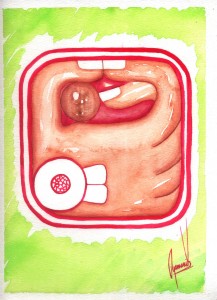 Kej is the energy of the deer, it is balance and harmony. Number 6 symbolizes learning and responsibility; it is an energy that may bring conflicts and imbalances, and it stands for life’s trials and personal development. The convergence of these two energies may bring unbalance and confusion, do not allow them to cloud your judgment, instead, use them as rungs to help you reach your goals in life.
Kej is the energy of the deer, it is balance and harmony. Number 6 symbolizes learning and responsibility; it is an energy that may bring conflicts and imbalances, and it stands for life’s trials and personal development. The convergence of these two energies may bring unbalance and confusion, do not allow them to cloud your judgment, instead, use them as rungs to help you reach your goals in life.
5 Kame – Today’s Maya Day Sign (Ch’umil)
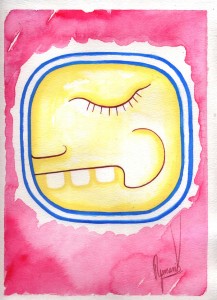 Kame represents the power of our ancestors; it is our family and spiritual lineage, the energy of our invisible guardians. Number 5 stands for the love that comes into our life and which flows from us. Light a candle to those who came before you, thank them for the gifts and powers that they imprinted in you.
Kame represents the power of our ancestors; it is our family and spiritual lineage, the energy of our invisible guardians. Number 5 stands for the love that comes into our life and which flows from us. Light a candle to those who came before you, thank them for the gifts and powers that they imprinted in you.
4 Kan – Today’s Maya Day Sign (Ch’umil)
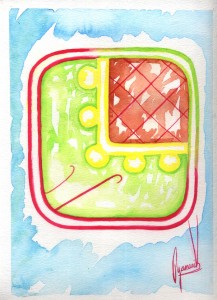 Kan is energy; it symbolizes the inner fire and the force of life. Number 4 represents balance, stability, and security. Work on your inner balance with the help of number 4 so that this balance and stability will flow through the energy of Kan to every aspect of your life bringing you plenty of blessings.
Kan is energy; it symbolizes the inner fire and the force of life. Number 4 represents balance, stability, and security. Work on your inner balance with the help of number 4 so that this balance and stability will flow through the energy of Kan to every aspect of your life bringing you plenty of blessings.
3 K’at – Today’s Maya Day Sign (Ch’umil)
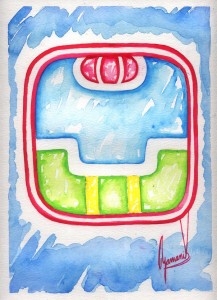 K’at represents both the net that entraps us and that has the power to unite the people and elements required to accomplish our development in life. Number 3 symbolizes the rhythm of life, it is communication and creativity. The energy of 3 K’at allows us to see the connection between all human beings, connect to the energies of this day to find the similarities and the things that bring you together with the people that around you instead of worrying about the differences; by working together we can accomplish much more.
K’at represents both the net that entraps us and that has the power to unite the people and elements required to accomplish our development in life. Number 3 symbolizes the rhythm of life, it is communication and creativity. The energy of 3 K’at allows us to see the connection between all human beings, connect to the energies of this day to find the similarities and the things that bring you together with the people that around you instead of worrying about the differences; by working together we can accomplish much more.
2 Aq’ab’al – Today’s Maya Day Sign (Ch’umil)
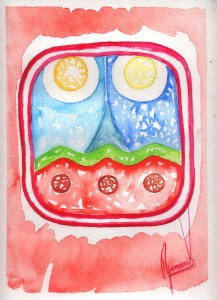 Aq’ab’al symbolizes polarity; it is the dusk and the dawn, the light and the dark, the sunrise and the sunset. Number 2 represents the positive and the negative; it is both polarity and balance. Today both Aq’ab’al and number 2 bring the energy of duality; keep you mind focused and take your time when making any choices, not everything is what it seems to be.
Aq’ab’al symbolizes polarity; it is the dusk and the dawn, the light and the dark, the sunrise and the sunset. Number 2 represents the positive and the negative; it is both polarity and balance. Today both Aq’ab’al and number 2 bring the energy of duality; keep you mind focused and take your time when making any choices, not everything is what it seems to be.
1 Iq’ – Today’s Ch’umilal and Trecena Prayer
 Iq’, the wind, is the element that governs ideas and change; it activates and renews our energy. Number 1 contains the strength and power of the beginning. Let the wind of 1 Iq’ remove the things that are holding you back, ask its energy to push you forward and to allow you to flow. This is the first day of the Iq’ trecena (thirteen days), during these days connect to the energy of Iq’ to dissipate through its fresh air all the negative energy that lies in your mind, ask it for its renewing energy that brings new ideas.
Iq’, the wind, is the element that governs ideas and change; it activates and renews our energy. Number 1 contains the strength and power of the beginning. Let the wind of 1 Iq’ remove the things that are holding you back, ask its energy to push you forward and to allow you to flow. This is the first day of the Iq’ trecena (thirteen days), during these days connect to the energy of Iq’ to dissipate through its fresh air all the negative energy that lies in your mind, ask it for its renewing energy that brings new ideas.
Prayer from Pedro Ixchop for Iq’
On this sacred Cholq’ij day of Iq’ I ask you Ajaw to grant me the breath of life, for you are the giver of the breath of life to all the creatures over the face of the Earth. You are the breath of the body and the soul, the breath of my hands and my ears, the breath of my wisdom, my senses and my calmness. You are the one who refreshens and calms the violence of my enemies, Ajaw Heart of the Sky and Heart of Mother Earth, I ask you that all the bad in me will be vanished by your divine power, that all the pain that lies inside me will be dispelled, calmed, removed, or cut off. I ask that I won’t drown in the problems I have, that you will grant me the power of your divine breathing, Ajaw B’itol Tz’aqol. Maltiox, maltiox, maltiox, and four times maltiox.
Ajaw Great Father or Supreme Being
Tz’aqol and B’itol Creator and Maker
Maltiox Thank you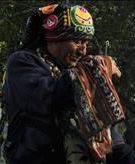
13 Imox – Today’s Maya Day Sign (Ch’umil)
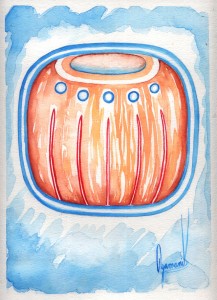 Imox connects us to our intuition; it represents the unusual and the eccentric. Number 13 symbolizes realization and magic, it is the energy that allows us to change and create. Connect to the energies of this day by lighting a white candle to develop your intuition and your dreams. This is the last day of the of the Toj trecena (thirteen days) give thanks to this Ch’umil for everything you have received during these days.
Imox connects us to our intuition; it represents the unusual and the eccentric. Number 13 symbolizes realization and magic, it is the energy that allows us to change and create. Connect to the energies of this day by lighting a white candle to develop your intuition and your dreams. This is the last day of the of the Toj trecena (thirteen days) give thanks to this Ch’umil for everything you have received during these days.

